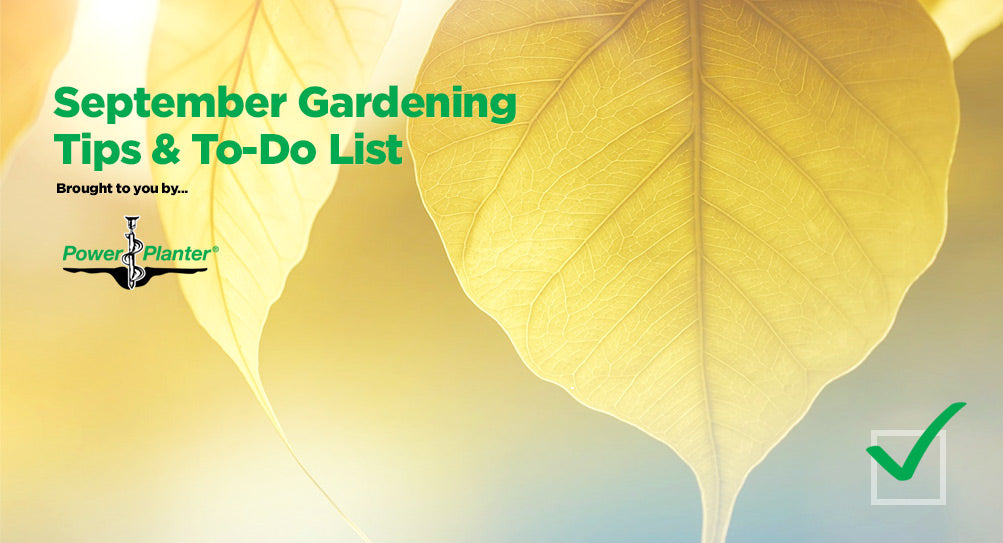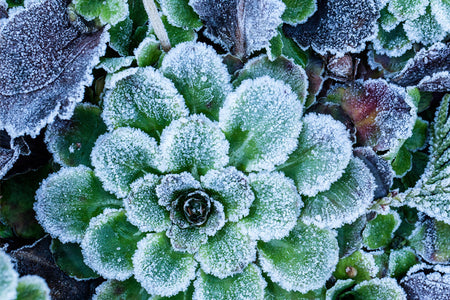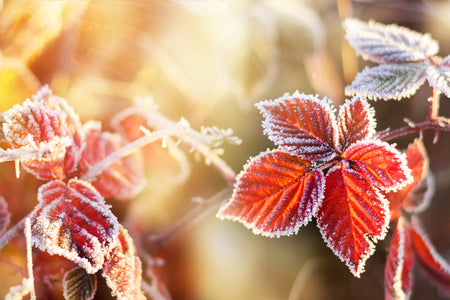With fall just around the corner, budding horticulturists find themselves wondering what to do in the garden in September. To help, here is a September gardening to-do list filled with beneficial activities to get the most out of your yard, now and next spring.
Harvest
One of the best parts of September gardening is seeing the fruits of your labor. When it comes time to harvest vegetables, herbs and fruits, there are many ways to preserve them. Gardeners may opt for freeze-drying, canning or even pickling their harvested goods for later use. Whichever way you plan to use or store garden-grown items, you’ll want to harvest before the first predicted frost. Although it depends on where you live, this frost can occur as early as September.
Clean
Once all the bounty has been collected, it’s time to clean up the remains. Any rotting fruit, dead foliage and wilted blooms should be trimmed from the vegetation and discarded. This tidying up is often the best way to prevent insects and the diseases they can carry from affecting your vegetable garden next year. You can choose to burn, bag or compost the remains. However, if there are any diseases or pests already present, it’s recommended to avoid composting your garden refuse, as it could potentially lead to disease the following year.
Mulch
Next, it’s on to the task of improving the soil. To do so, it’s advised to spread two to three inches of rotted manure or composted mulch over the surface of the soil after it’s been cleared of dead foliage. This helps to restore soil nutrients, maintain moisture and ultimately improve the fertility and health of the soil. If the garden bed has been mulched previously, spread soil amendments over the existing mulch. Then, mix it together using a garden fork, spade or augur, depending on the size of the area.
Spray
Ugh, weeds. Although they’re simply a part of gardening, there are ways to prevent these pesky nuisances from growing next year. One of the top approaches is to apply a lawn herbicide in the fall to kill off perennial weeds and impact their next growing cycle. By spraying before they’re covered in snow, it can hinder them from growing again, as the chemicals are drawn deep into the roots.
Plant for Autumn and for Spring
Last on the list for these September gardening tips is to get planting! While it may seem a little late in the year to plant, one of the best ways to add color late in the season is with fall-blooming flowers. Nurseries around town may have discounted annuals – such as mums and pansies – that can provide wonderful fall color for your yard.
They may also have the bulbs you want for spring. Planting spring-blooming bulbs in fall allows them to settle and get ready to bloom. Go-to choices often include tulips, daffodils, hyacinths and crocuses for a truly spectacular display. Consider selecting a variety of bulbs that will bloom at different times for pops of color throughout the seasons.
Keep Your Garden Healthy All Year Round
It can be tricky to figure out what to do in the garden in September, but hopefully this quick guide has you on the right track. A final tip for a healthy garden is to make sure you have the right tools for the job with earth augurs and garden drilling solutions from the experts at Power Planter. Because fall is such a quality time to plant, it’s important to have reliable flower and bulb planting augers on-hand as you plan for future blooms in your ever-growing garden.







